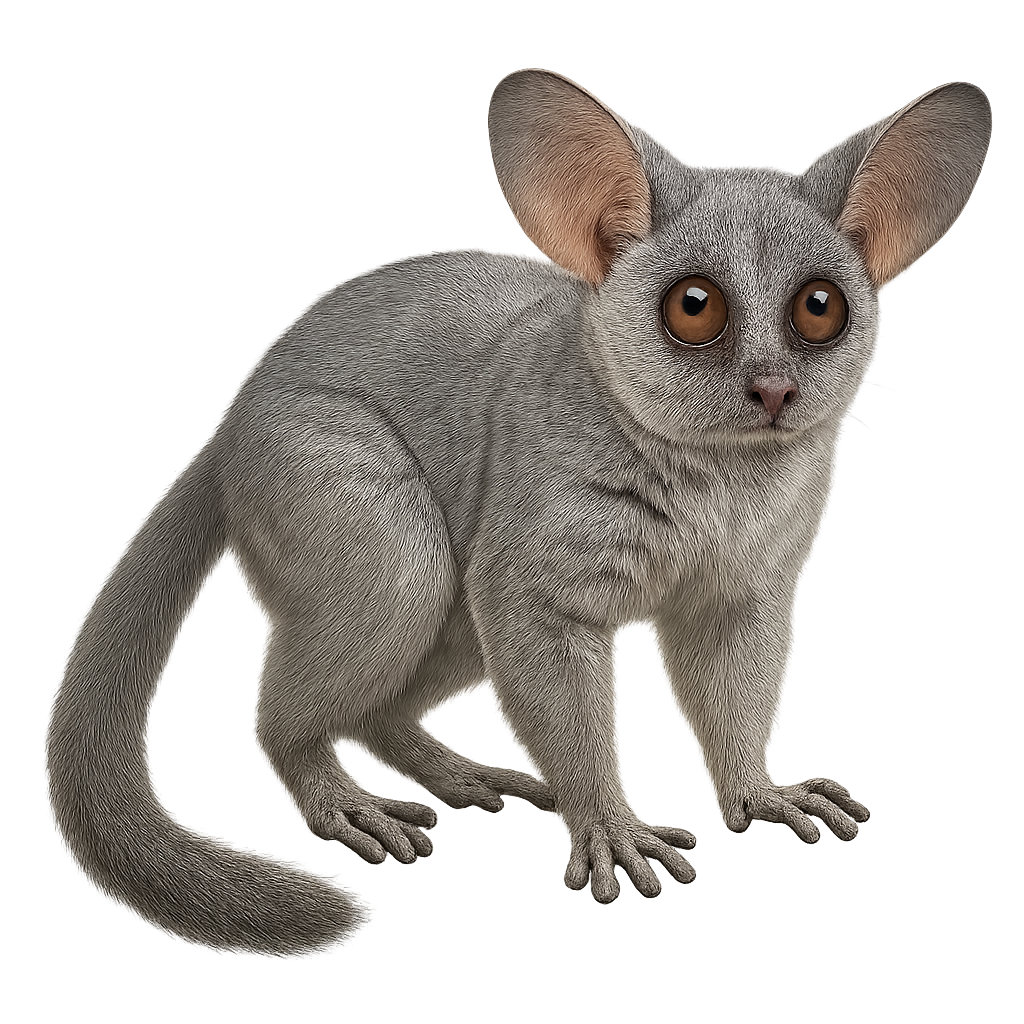Your wildlife photography guide.
Explore the senegal bushbaby in detail, study its behavior, prepare your shots.
Where to observe and photograph the senegal bushbaby in the wild
Learn where and when to spot the senegal bushbaby in the wild, how to identify the species based on distinctive features, and what natural environments it inhabits. The WildlifePhotographer app offers tailored photography tips that reflect the senegal bushbaby’s behavior, helping you capture better wildlife images. Explore the full species profile for key information including description, habitat, active periods, and approach techniques.
Senegal Bushbaby
Scientific name: Galago senegalensis

IUCN Status: Least Concern
Family: GALAGIDAE
Group: Mammals
Sensitivity to human approach: Suspicious
Minimum approach distance: 5 m
Rut period: June to July
Gestation: 110-120 jours
Births: October to November
Habitat:
forests, savannas, wooded areas
Activity period :
Mainly active at night, generally discreet during the day.
Identification and description:
The Senegal Bushbaby, also known as the Senegal Galago, is a small nocturnal primate found primarily in the wooded regions and savannas of West and East Africa. It is easily recognizable by its large, round eyes adapted for night vision and its long hind legs that allow it to leap agilely from tree to tree. Its fur is soft and dense, usually gray or brownish, with a lighter belly. This primate is mainly insectivorous but also feeds on fruits and acacia gum. The galago is a social animal that communicates through high-pitched calls and uses its keen sense of smell to mark its territory.
Recommended lens:
400 mm – adjust based on distance, desired framing (portrait or habitat), and approach conditions.
Photography tips:
To photograph the Senegal Bushbaby, it is advisable to use a telephoto lens of at least 400mm to capture detailed images from a distance. Being a nocturnal animal, it is best photographed at dusk or dawn when the light is soft. Use a tripod to stabilize your camera and avoid motion blur. Be patient and discreet to avoid scaring the animal. The bushbaby's high-pitched calls can help you locate its position in the trees.
The WildlifePhotographer App is coming soon!
Be the first to explore the best nature spots, track rutting seasons, log your observations, and observe more wildlife.
Already 1 415 wildlife lovers subscribed worldwide

